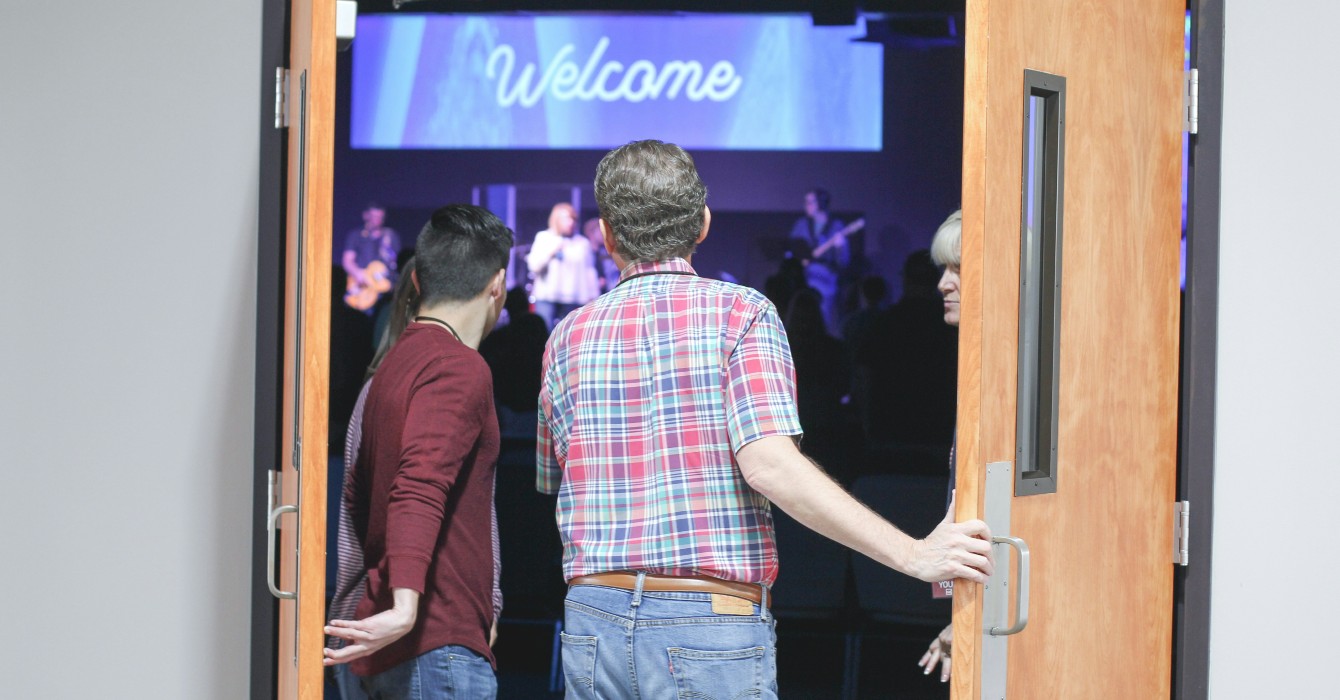Congregationalists are becoming connectionalists.
I’m a little behind in my reading, but supposedly, I’ve just read in Dave and Jon Ferguson’s book, “Exponential,” the story of how their church became one of the first churches in the United States to be “one church in multiple locations.”
Hmmm? Methodists, Presbyterians, even Roman Catholics have been “one church in multiple locations” for a very long time. It’s called a connectional polity. But somehow the Fergusons think that they’re the first to come up with the idea of having satellite campuses for churches (They do credit early Methodists with having exponential growth). Ever heard of a two-point charge? Three-point charge? Dare I say it, four-point charge? That’s one pastor with four satellite campuses.
Satellite campuses are all the rage these days in new church development. I just got back from the School for Congregational Development, the big United Methodist Church conference for all interested in starting new churches and revitalizing old churches. There were several intensives, ministry tracks, workshops, plenary speakers, and teaching church experiences extolling the virtues (and pitfalls) of starting a satellite. Like cowering Americans, mainliners are doing their best to catch up to the Soviets as Sputniks orbit overhead everywhere.
Often new ideas in new books aren’t really new at all. One thing I neglected to hear at this conference and only a little in the Ferguesons’ book was that satellites have been around for as long as the church has. We mainliners used to be very good at creating new campuses and satellites, but somehow we’ve forgotten how to keep doing it! And when we do, we do it so poorly that most pastors cringe at the idea of a multi-point charge. We’ve lost something in the strength of a connectional polity that the congregationalists are now “discovering” -- the power of connectionalism.
I wonder if there aren’t two doors opening up in the midst of this new emphasis on satellites. First, we mainliners are being given the opportunity to remember from the Fergusons how to do connectionalism and do it well. How many two-point charges actually have a functional congregational polity? Most of them? All of them? We need to go back and claim our historical method for reaching out through ever expanding connections. We ought to be on the forefront of creating satellite communities of Christians who are seeking to make more churches that make more disciples of Jesus Christ in a concerted effort that shares a common strategy and common resources. Maybe the Holy Spirit is using the satellite movement to re-teach something to the mainline church.
Second, I wonder if this “new” development isn’t opening up an ecclesiological hole big enough to drive a bus through toward church unity. Will those who desire an independent local church but are using a connectional methodology soon follow with a connectional theology? We Methodists are always berating ourselves for acting first and theologizing second. Maybe this same “mistake” is now happening in many independent community churches. Maybe this is the Holy Spirit bringing about an ecclesiological revolution where congregationalists will be schooled in theology by connectionalists.
So let’s get to it: congregationalists becoming connectionalists and connectionalists becoming…well…connectionalists.
Tom Arthur is pastor of Sycamore Creek United Methodist Church in Lansing, Michigan.







